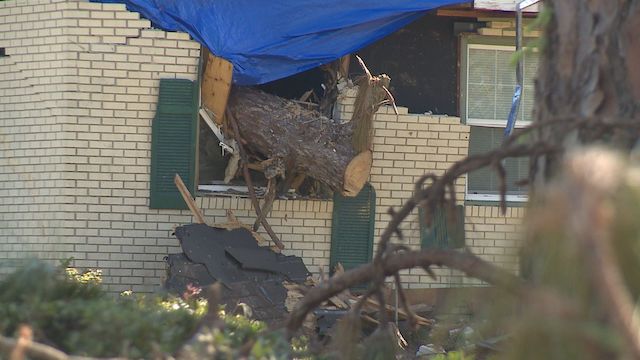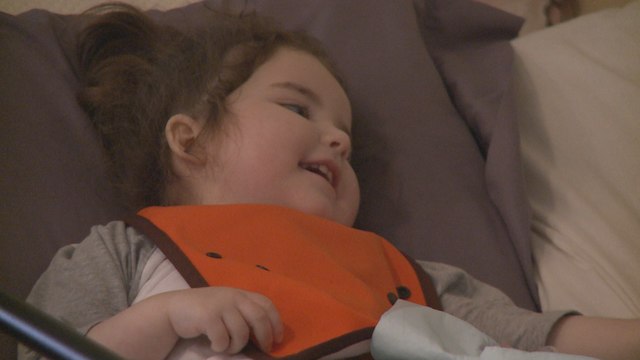Somewhere along the back-road highways on the Florida panhandle, sometime during my third day of enduring images of destruction, I realized I needed to talk to someone.
I had been sent down three weeks after Hurricane Michael to produce a series of stories on its aftermath for my station, WXIA-TV in Atlanta. The cameras always evaporate when the attention dissipates, we thought, so we wanted to divert it back. We wanted to show the very real – and very early – stages of recovery. We wanted to remind our viewers how those in the storm’s eye now face a seemingly permanent new reality.
The first few days went as expected. I interviewed pecan farmers and walked through orchards of leveled trees. I spent a day in Georgia’s hardest-hit city, Donalsonville, where the majority of houses featured blue tarp over their roofs. I surveyed the scene in Panama City and Springfield, neighborhoods in Florida where storefronts and home fronts had been peeled off.
And I drove. A lot. 1200 miles in five days. For large swaths of those rides, I scanned a consistent diet of devastation. I saw piles of felled limbs atop sidewalks, gas stations and mom-and-pop restaurants hollowed out, and mile after mile of trees bent backwards like upside-down check marks.
On the morning of Day 3, I witnessed the worst. I never made it to Mexico Beach, the coastal community in Michael’s direct eye that had been all but flattened in a few hours. But I drove within minutes of it and saw the struggle of communities just beginning to reckon with the aftermath of a hundred-year storm. As I headed back to south Georgia, itself speckled with hard-hit towns, I began to realize how a few short days – spent largely by myself – had gradually worn me down. I struggled to envision how these areas would fully recover. I shook my head at the magnitude and spread of the damage. A few times, I held back tears.
That’s when I picked up the phone and called my parents.


